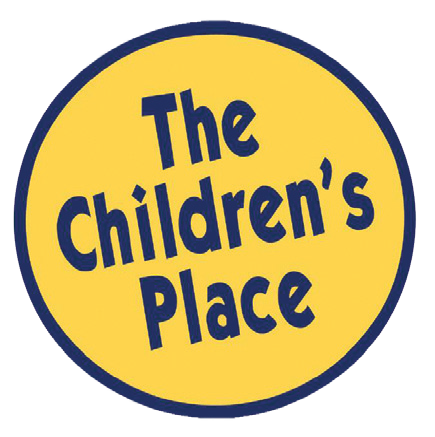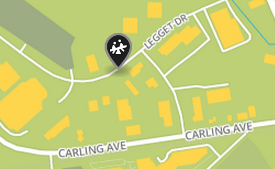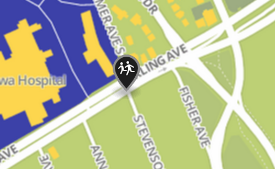The topic of diversity and inclusion is an important conversation. Many organizations are finding ways to support inclusivity and diversity. An important part of creating an inclusive and diverse environment within our community is to educate everyone about what it means to be inclusive. The following post will give suggestions on how we, as an organization, can support inclusivity and diversity within our community.
There are multiple marginalized groups of people within our society that create a diverse community. These groups include Indigenous people, people of colour, different religious backgrounds, sexual orientation as well as others. It is important that everyone within our community feels welcome and included.
As we discuss inclusion and diversity there are different words that are commonly used. The following are the definitions laid out by the Ontario government.
Diversity
is the range of visible and invisible qualities, experiences, and identities that shape who we are, how we think and how we engage with others, and are perceived by the world. These can be along the dimensions of race, ethnicity, gender, sexual orientation, socio-economic status, age, physical or mental abilities, religious/spiritual beliefs, or political ideologies. They can also include differences such as personality, style, capabilities, and thoughts/perspectives.
Inclusion
is recognizing, welcoming, and making space for diversity. An inclusive organization capitalizes on the diversity of thought, experiences, skills, and talents of all employees.
Equity
is fairness, making sure everyone has what they need to succeed and removing barriers that put different groups at a disadvantage over others. This is different than treating people equally, which is behind the concept of “equality.”
Anti-racism
is a specific approach to eliminate racism that acknowledges that systemic racism exists and that takes proactive steps to fight racial inequity. It actively confronts the unequal power dynamic between groups and structures that maintain it.
Accessibility
is ensuring that people of all abilities have equitable and barrier–free access to physical spaces, products, programs, and services, as well as employment opportunities.
https://www.ontario.ca/page/ops-inclusion-diversity-blueprint
A lot of people have good intentions to be inclusive of all people, although good intentions are a great start, it is important for people to take the proper action in their day to day lives to be inclusive of all the people around them.
As we communicate with others there are ways in which we can help to have positive outcomes from conversation. Some of the strategies that can be used include spending more time listening to others, focusing on what they have to say and allowing yourself the time to understand their thoughts and opinions. It is also important to slow down and not talk too fast. You want to allow the opportunity for the other person to understand you as well. Be careful of the words that you use, be careful not to use slang, keep it straight forward and clear. Using these strategies during conversation will help to have a positive outcome from your conversations.
The following link describes more ways on how people can be inclusive in their everyday life.
7 Ways to Be More Inclusive in Your Everyday Life | by FairForce Consulting | Medium
There are many benefits when working in part of a diverse team, employees are required to embrace differences and see perspectives through different lenses. Although there can be challenges such as language, communication, and cultural expectations. It is important to embrace these challenges, some of the ways for people to be inclusive are to have a willingness to learn, ask questions, and be patient.
The following image is an article is from the lifework app that TCP employees have access to with resources for employees, including this article about Why Diversity in Good for you and your workplace.
As our community continues to educate themselves on how they can take action to support inclusion and diversity, the hope is that everyone from all different backgrounds will feel supported and included within our environments. It is important that everyone be willing to educate themselves and have an openness to adjust their behaviours to support an inclusive and diverse environment.








